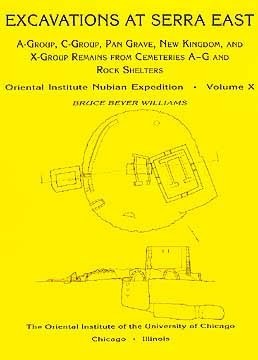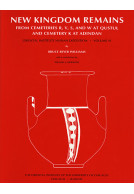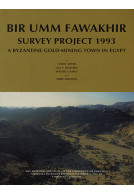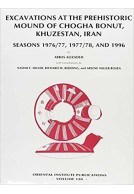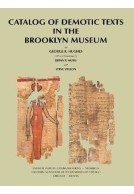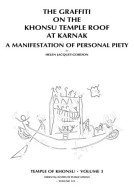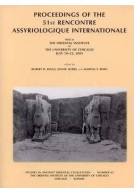Excavations at Serra East, Parts 1-5 (Hardback)
A-Group, C-Group, Pan Grave, New Kingdom, and X-Group Remains from Cemeteries A-G and Rock Shelters
Imprint: Oriental Institute of the University of Chicago
Series: Oriental Institute Nubian Expedition
Pages: 236
Illustrations: xxxii + 281, 148 b/w figs, 43 b/w pls, 55 tbs
ISBN: 9780918986924
Published: 1st December 1993
Script Academic & Professional
Series: Oriental Institute Nubian Expedition
Pages: 236
Illustrations: xxxii + 281, 148 b/w figs, 43 b/w pls, 55 tbs
ISBN: 9780918986924
Published: 1st December 1993
Script Academic & Professional
You'll be £7.95 closer to your next £10.00 credit when you purchase Excavations at Serra East, Parts 1-5. What's this?
+£4.99 UK Delivery or free UK delivery if order is over £40
(click here for international delivery rates)
Order within the next 11 hours, 1 minute to get your order processed the next working day!
Need a currency converter? Check XE.com for live rates
(click here for international delivery rates)
Order within the next 11 hours, 1 minute to get your order processed the next working day!
Need a currency converter? Check XE.com for live rates
In 1961/62 and 1963/64, the Oriental Nubian Expedition excavated cemeteries, the ancient fortress, and the late Christian town of Serra East in northern Sudan. This volume, the first in a series of reports, looks at the ancient burials and outlying structures. In the New Kingdom, Serra East was the site of an important center, one closely connected to the family of rulers of Teh-Khet. Just east of the fortress, the expedition excavated great tombs that probably belonged to forebears of princes Amenehmet and Djehutyhetep on the high desert and smaller chamber tombs cut into the side of a small wadi that would have belonged to members of the court. These cemeteries not only illuminate a great provincial household of the early New Kingdom, the great tombs mark an epoch in the history of architecture. Although the substructures were large chamber-complexes of Egyptian type, the earlier tombs had large low tumuli paved with bricks and surrounded by rubble and slab rings. The latest of the group was a brick pyramid. The great tombs of Serra thus illustrate a direct transition from tumulus to pyramid that anticipated the adoption of the pyramid by Kushite pharaohs many centuries afterward.
Other titles in the series...
Other titles in Oriental Institute of the University of Chicago...







